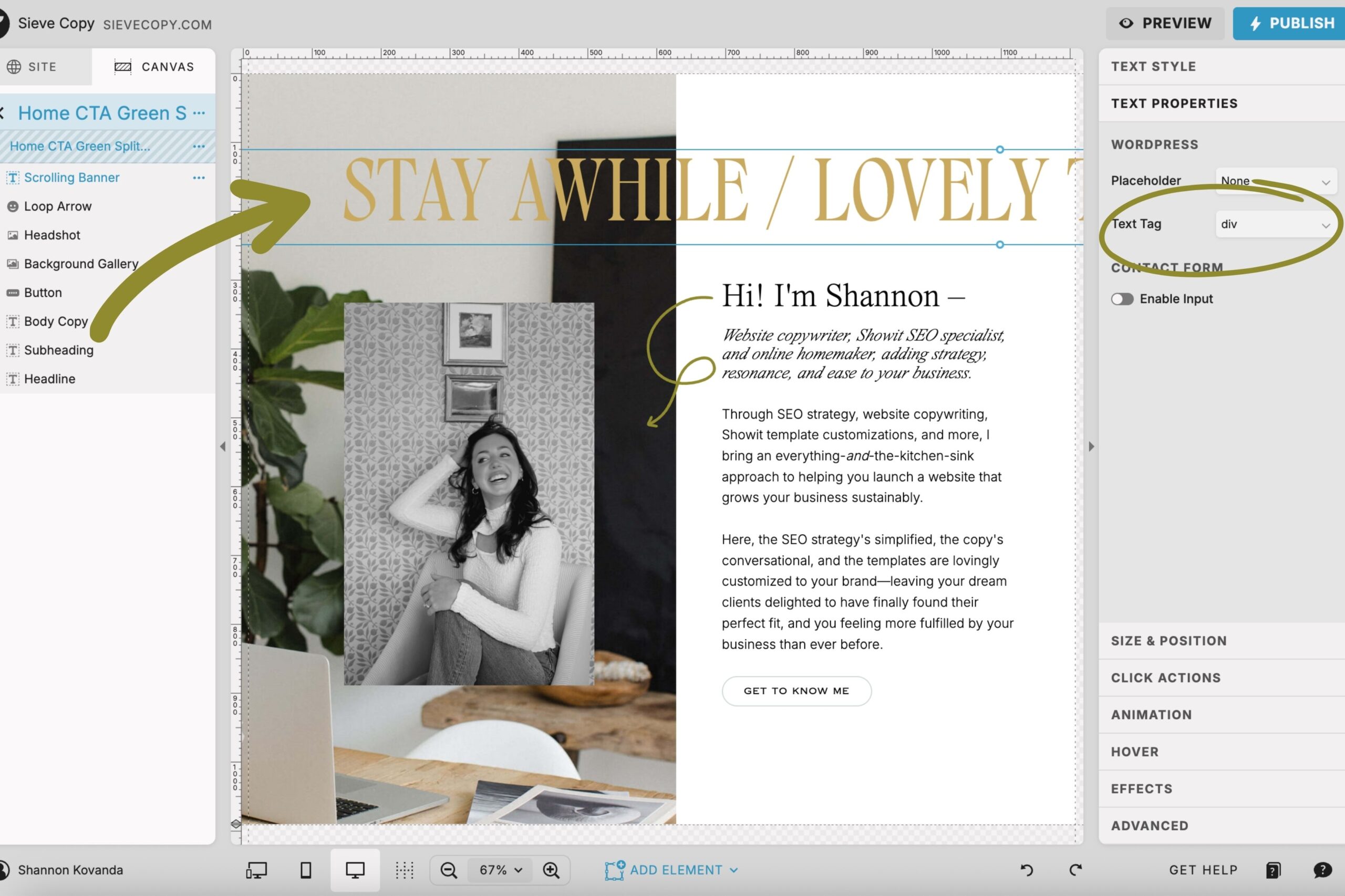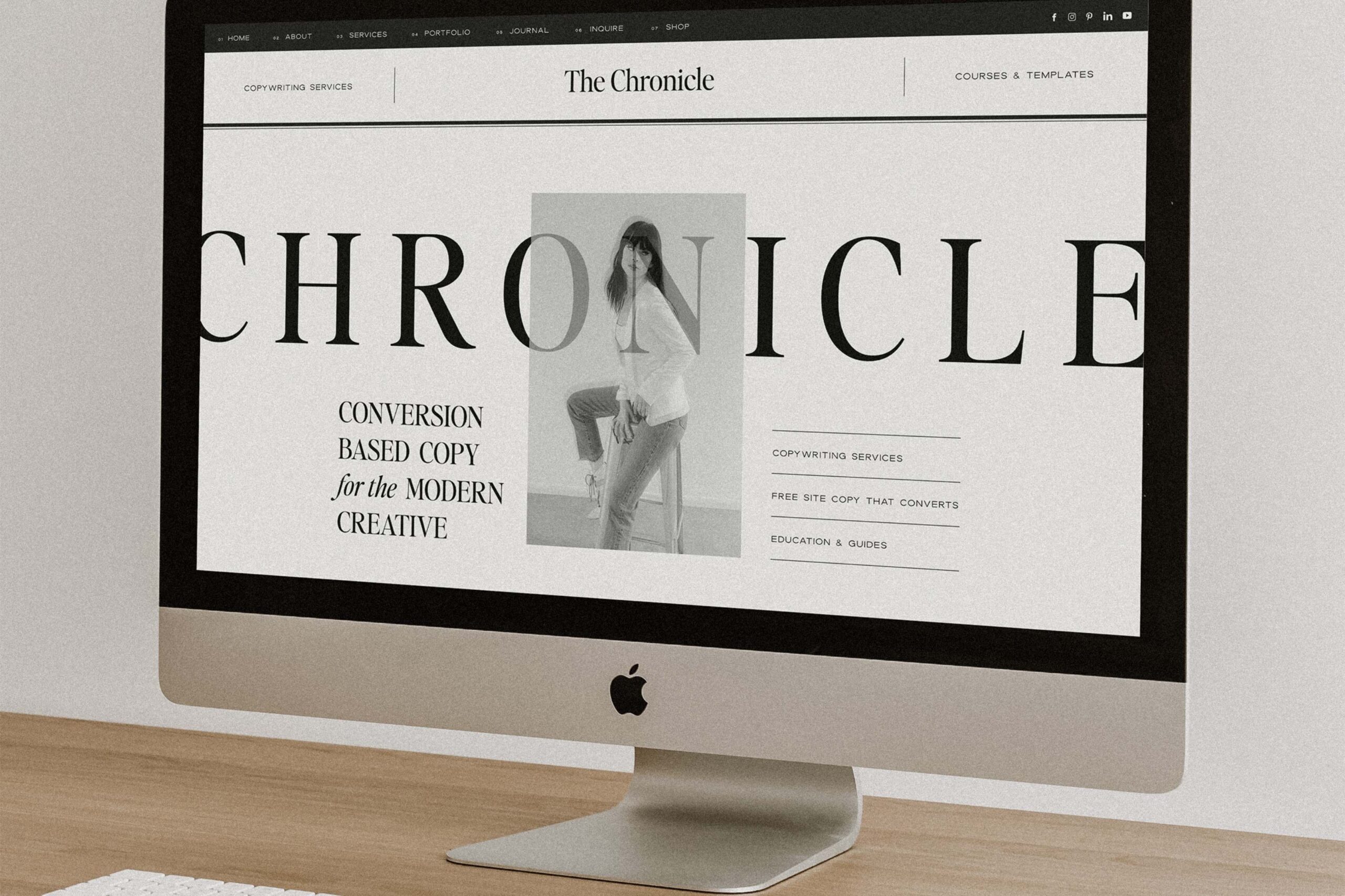
One thing about me?
I’m an absolute PRO at talking myself out of buying whatever I had in my cart for 45 minutes while I walked around the store.
After moseying around Target, casually tossing that cute sweater I’d live in, and that nail polish color I want to try, and that new probiotic-prebiotic-adaptogenic-greens-collagen-combo powder that swears it’ll make me immortal, usually turns into me telling myself to get a grip before walking out of the store empty-handed.
(Well, mostly. It is Target after all.)
While I stand at the checkout, debating the merits of each item, my internal dialogue goes a little something like:
“I don’t NEED this stuff.”
“There’s probably a better-quality sweater that I’d like more from that online boutique.”
“I have plenty of nail polish in my drawer that I haven’t touched yet.”
“This sounds too good to be true.”
Whether we realize it or not, we all have a million reasons NOT to buy something. Whether it’s price, quality, or (if you’re like me) the fear that a so-called “superfood” powder will in fact taste like a cup of grass.
No matter what you’re selling — products or services — your customers will have sales objections. Addressing those objections up front can be the difference between them becoming your next raving fan or deciding you’re not the one for them.
I don’t know if it’s my baby’s latest sleep regression or the fact that I’ve now told my husband how my ~intense~ weights workout routine ‘starts today’ eight times, but I’ve been targeted with ads for Clevr Blends recently. Either way, the Instagram gods clearly know I’m in need of a healthy energy boost that doesn’t come in the form of my third cup of coffee for the day.
Naturally, I pulled up the Clevr Blends website, and noticed right away how expertly they address their potential customers’ common sales objections.
Who is Clevr Blends?
With the disclaimer that they aren’t my client, I just liked their copy—Clevr Blends sells superfood latte blends, which, let’s be honest, usually don’t taste great.
(You’ll never convince me that anyone actually likes mushroom coffee.)
And as someone who goes to bed excited about her morning coffee, but is also quite health conscious, I found myself skeptical of the taste of their blends.
Clearly, I’m not the only one though, because right there on their homepage, Clevr Blends tackles it head-on, calling their blends “suspiciously delicious.” (I love that phrase.)
By addressing the exact fear I had about their products near the top of the homepage, they pique my interest instead of having me dig through their website (which I probably wouldn’t have done), take the risk and place an order to try it myself (which I probably wouldn’t have done), or reach out to ask (which I probably wouldn’t have done).
For those who have a similar fear and continue scrolling down the homepage, Clevr has an entire section of social proof, with user-generated content specifically about the taste, ready for us to be influenced by.

Now, I’m intrigued and much closer to purchase.
Here’s why this is brilliant:
- They Knew Their Audience’s Biggest Objection: People think superfood drinks might taste bad, and they didn’t shy away from that. Instead, they’re transparent about it so you feel confident you’ll love it.
- They Called It Out Before I Could: Instead of waiting for me to click the ‘X’ and forget about them, they eased my concerns up front and honestly.
- They Made It Fun: “Suspiciously delicious” has personality. It’s something you or I would say out loud while chatting with a friend. They didn’t say, “Hey, we’re not just another health drink you’ll have to choke down for the benefits. We actually taste good too!” That would’ve felt boring and stale. Instead, they crafted smart, short, clear, impactful copy. It’s a solid 11/10 in my book.✨
How to Address Your Customers’ Sales Objections in Your Website Copy
Think about your ideal clients or customers and what might cause them to hesitate before purchase. What are they worried about? Is it price, timeline, effectiveness, ROI, taste, something else? Whatever it is, don’t shy away from addressing it.
As a business owner, you’re probably already clear on what might be your customers’ sales objections. So NOT addressing them would be like failing to acknowledge the elephant in the room. Which can feel like you’re trying to trick your audience into buying.
Opt for honesty in your copy, and your customers will love you for it.
Here’s how you can address sales objections in your website copy:
- Acknowledge the Objection(s): Start by addressing those common doubts head-on. This shows that you understand and care about your audience’s concerns and are forthcoming about what might not work for some potential buyers.
- Provide Reassurance: Use testimonials, social proof, or relatable phrases (like Clevr’s “suspiciously delicious”) to ease their minds and convince those who might be on the fence.
- Educate and Inform: Share content that addresses these objections in a friendly, informative way—like blog posts, FAQs, or engaging videos.
By addressing objections, you help your audience make informed decisions to confidently click the “buy” button. This builds trust and often leads to repeat customers who feel confident that you’re honest, helpful, and ethical. Think of it as nurturing a relationship rather than closing a one-time sale.
How to Identify Your Customers’ Sales Objections
If you aren’t sure what the sales objections to your product or service might be, there are a few ways you can find out:
- Leverage Social Listening: Monitor platforms like Instagram, Reddit, or Facebook groups to see what concerns come up frequently around products or services similar to yours.
- Read Reviews: Similar to social listening, read the reviews of aligned products on Amazon or similar service providers to hear what buyers might have been concerned about and what ultimately caused them to purchase.
- Refine Your Feedback Form: After a purchase, ask customers why they hesitated and how they overcame their doubts. This feedback can reveal objections that might be harder to anticipate.
- Check Your Analytics and Heatmaps: Tools like Google Analytics or Hotjar can show you where visitors spend the most time on your site or, if you’re a product-based business, where they abandon their cart—both of which can give you major insight into points of hesitation.
Common Mistakes to Avoid When Addressing Objections
Before you start, I should note a few common mistakes to avoid when addressing sales objections. Here’s what NOT to do:
- Overpromising: If you say what you’re selling will change their life, and it falls short, you risk losing trust.
- Overloading with Information: While transparency is good, avoid creating analysis paralysis with too much data or over explanations. Oftentimes, when we don’t feel totally confident in what we’re saying, we say a lot. This can translate to overselling (and customers usually see right through it.)
- Ignoring Minor Objections: Sometimes the “small” objections can turn into major deal-breakers if left unaddressed. For example, if you’re selling handmade items that have slightly slower shipping times, don’t leave out that detail or you’ll lose their trust (aka their business).
Your goal should always be to guide your customers in their decision-making process. No matter the objection, address it with empathy and you’ll not only improve conversions but build a reputation as a trustworthy, customer-centric business that truly cares. Which means a well-addressed objection can be the final nudge someone needs to confidently purchase.
And if you’d rather hire a website copywriter to do the work for you…
Hi, I’m Shannon—an SEO strategist and website copywriter helping creative business owners take the fuss out of selling their stuff with copy that takes their dream clients from on-the-fence to obsessed.
Here’s how we can work together:
- Hire me for DFY SEO copywriting services that consider your customer’s objections, SEO, user experience, and design.
- Keep reading the blog for lessons on DIY’ing your copy, marketing, and search engine optimization.
+ view the comments


